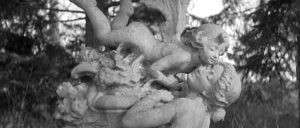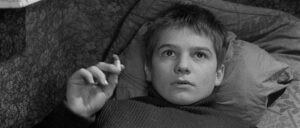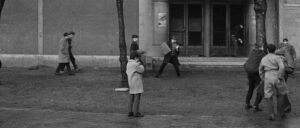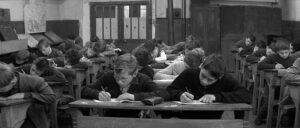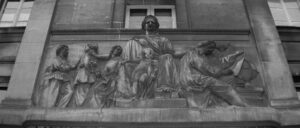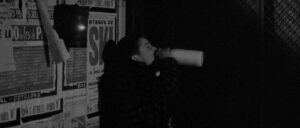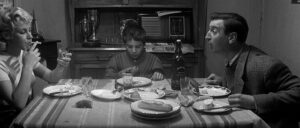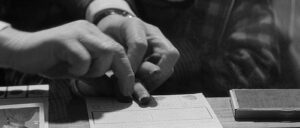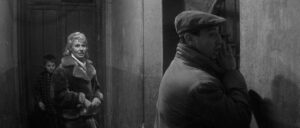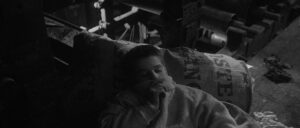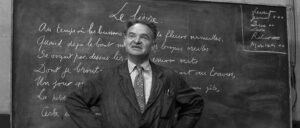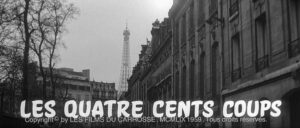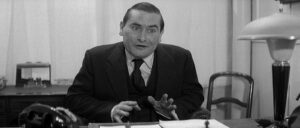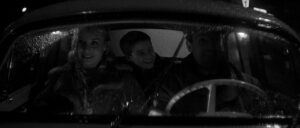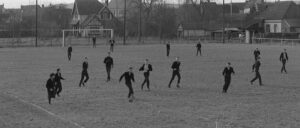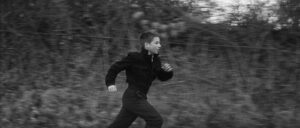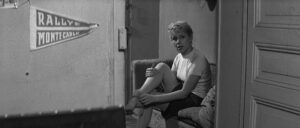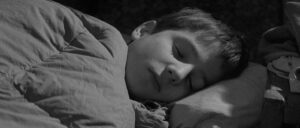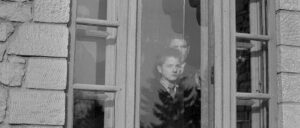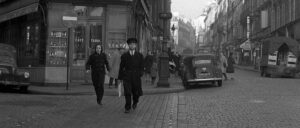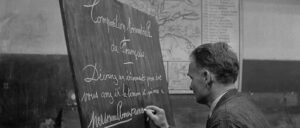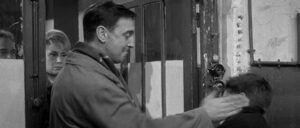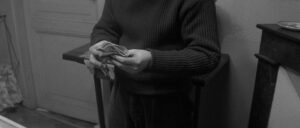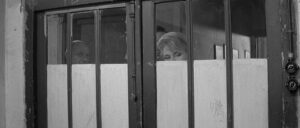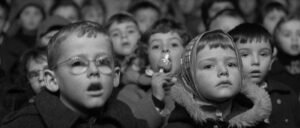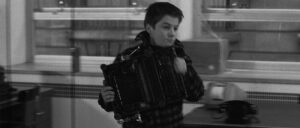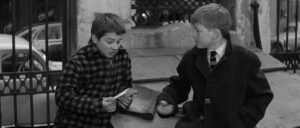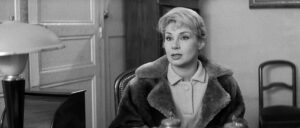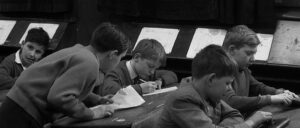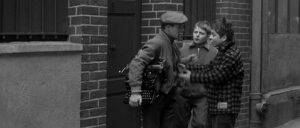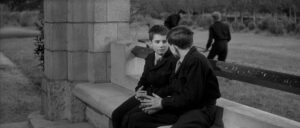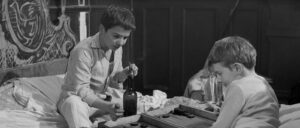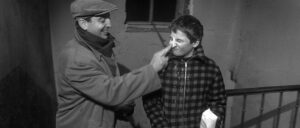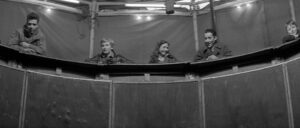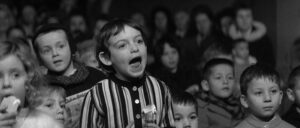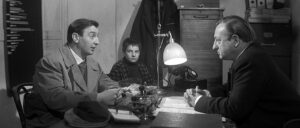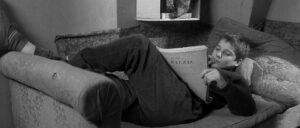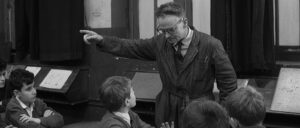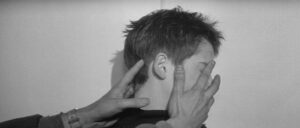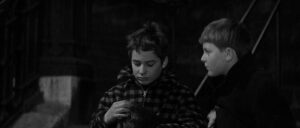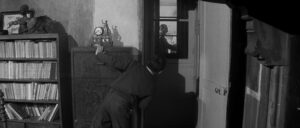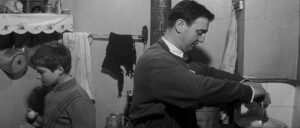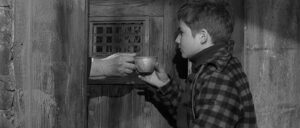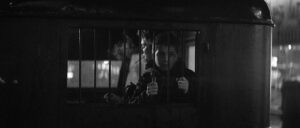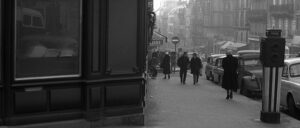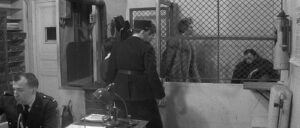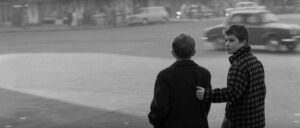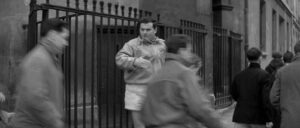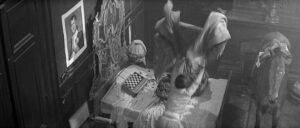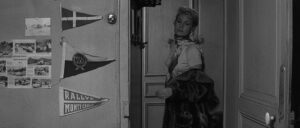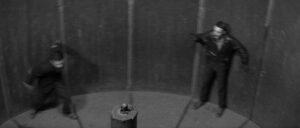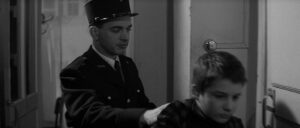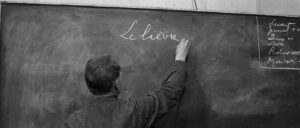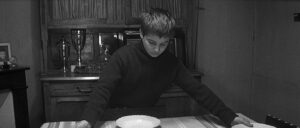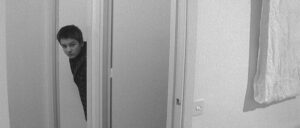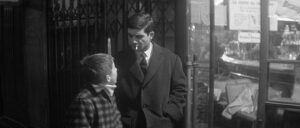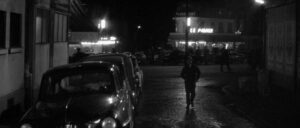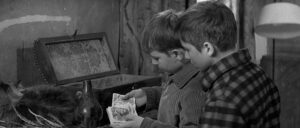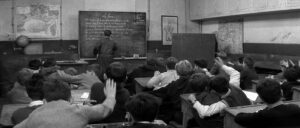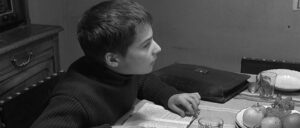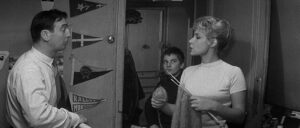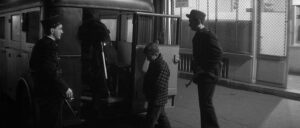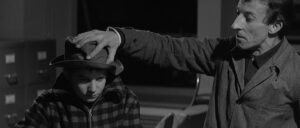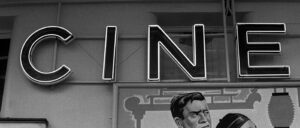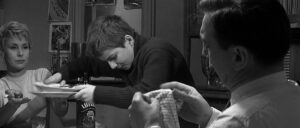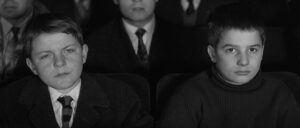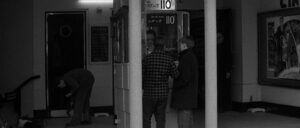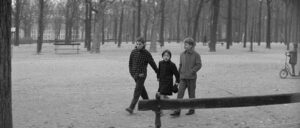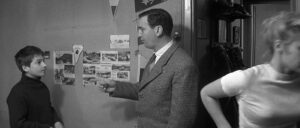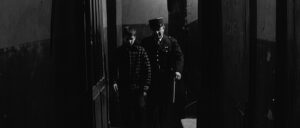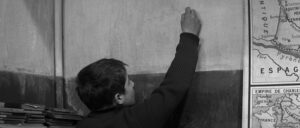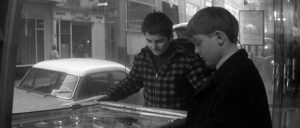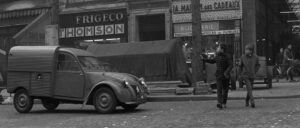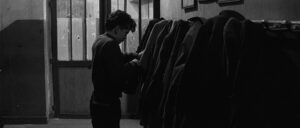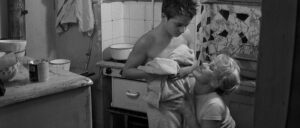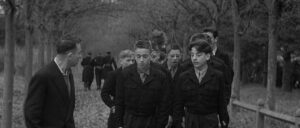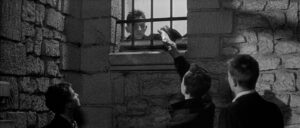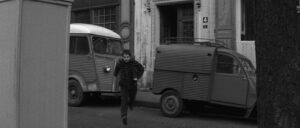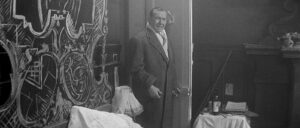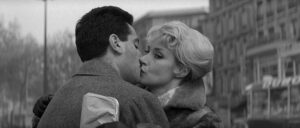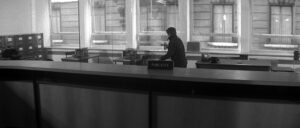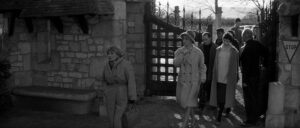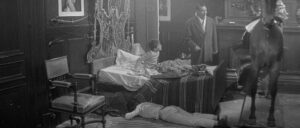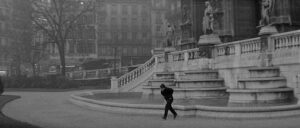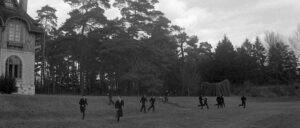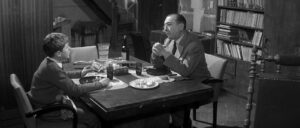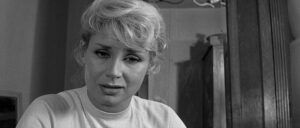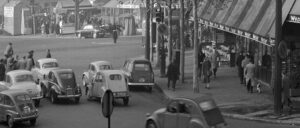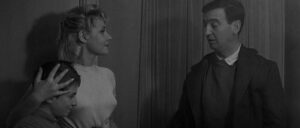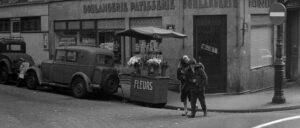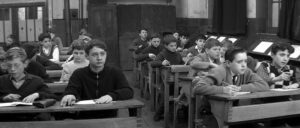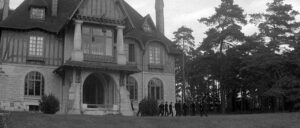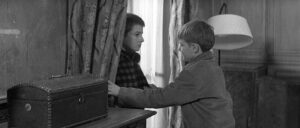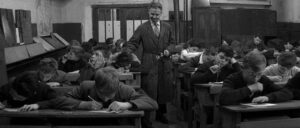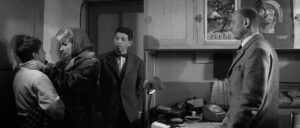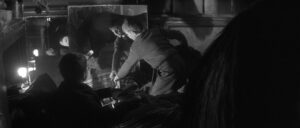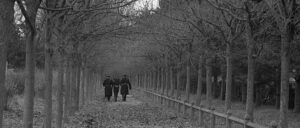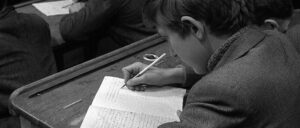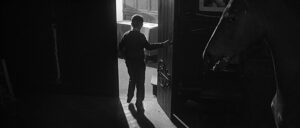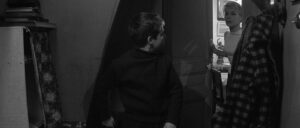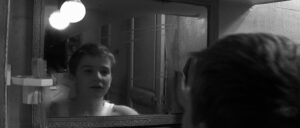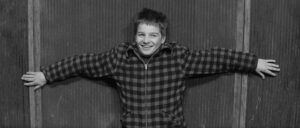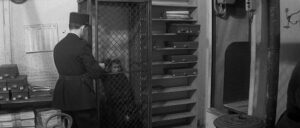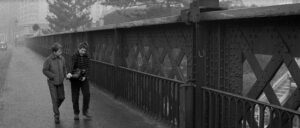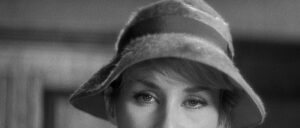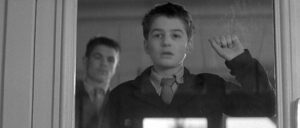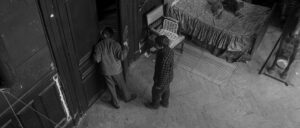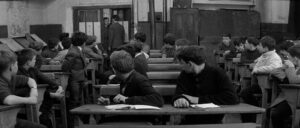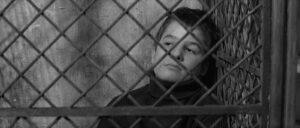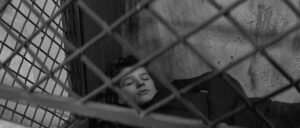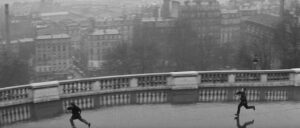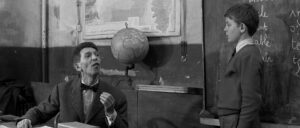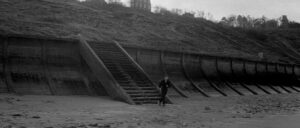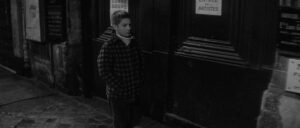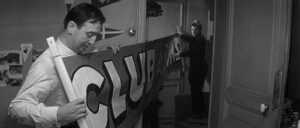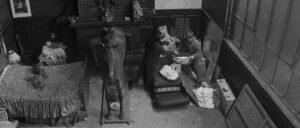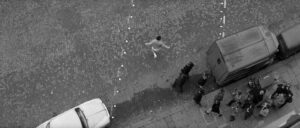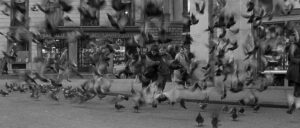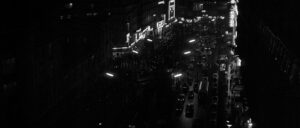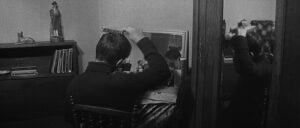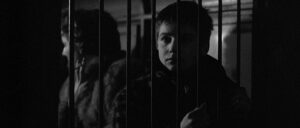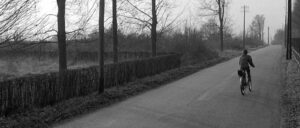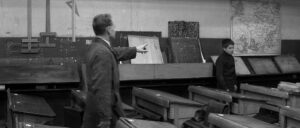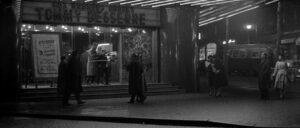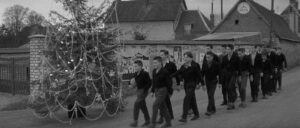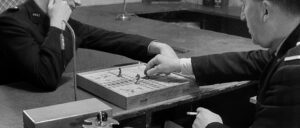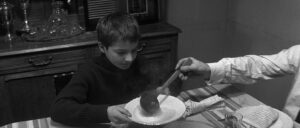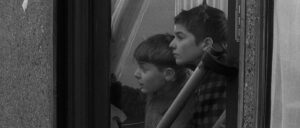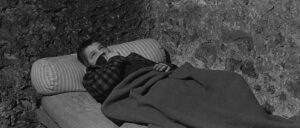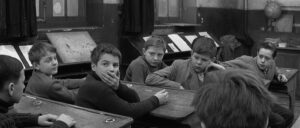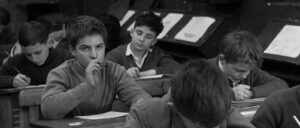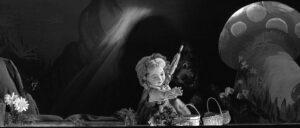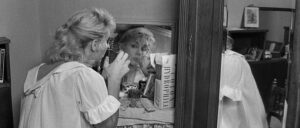I’m Salik Waquas, a colorist, filmmaker, and passionate student of cinema. Having worked in the color grading suite for many projects, I’ve come to appreciate the delicate interplay of light, camera movements, and composition that makes a film not just a story but an experience. Today, I want to share my thoughts on the cinematography of François Truffaut’s The 400 Blows. This classic film is a visual masterpiece, brought to life by the talented cinematographer Henri Decaë, and it remains one of the quintessential works of the French New Wave.
About the Cinematographer

The cinematography of The 400 Blows is largely attributed to Henri Decaë, a master of the craft who played an instrumental role in defining the visual identity of the French New Wave. His collaboration with Truffaut was crucial in creating the raw and intimate style of the film. Decaë’s experience in documentary filmmaking shines through here, and it’s one of the elements that makes the cinematography of The 400 Blows so effective and striking.
What I find fascinating about Decaë’s work is his ability to create a sense of realism while maintaining a certain poetic quality. It’s easy to see how the film reflects the mindset of its characters. Antoine Doinel, the young protagonist, is presented in a way that emphasizes both his vulnerability and his resilience, and a great deal of that comes from the choices Decaë made behind the camera. His work doesn’t merely complement Truffaut’s vision; it expands it, allowing the viewer to fully inhabit Antoine’s world.
Inspiration for the Cinematography of The 400 Blows
The French New Wave was a reaction against the highly polished, often artificial style of mainstream French cinema. Truffaut and Decaë were clearly inspired by Italian Neorealism—a movement characterized by its naturalistic approach and focus on ordinary people and their struggles. You can see this influence throughout The 400 Blows, with its use of real locations, non-professional actors in supporting roles, and a handheld camera that gives the film an almost documentary-like quality.

Truffaut, like many of his New Wave contemporaries, wanted to strip away the artifice of the traditional studio-bound production and bring cinema closer to real life. In The 400 Blows, there’s an honesty in how the camera captures Antoine’s world—the streets of Paris are neither glamorized nor romanticized. Instead, they’re shown as the indifferent environment they are, one that reflects the challenges Antoine faces. The cinematography in this film is influenced not only by the desire to tell a personal story but also by the larger movement to redefine cinema as a form of personal expression. This is very much in line with Truffaut’s vision of the “auteur,” where the director’s creative intent drives every aspect of the film, with the camera becoming, as the French say, the stylo (pen).
Camera Movements Used in The 400 Blows
One of the most memorable aspects of The 400 Blows is its use of camera movement. Right from the opening sequence, where we see the streets of Paris from what could be a child’s perspective looking out of a car window, Truffaut and Decaë establish the tone of the film as one that is deeply connected to the experiences of its protagonist. The tracking shots are more than just a stylistic choice; they invite us into Antoine’s world, allowing us to see what he sees.

Throughout the film, the camera is often handheld, moving fluidly alongside Antoine as he runs through the streets or navigates the city. This technique gives us an intimate sense of his journey, his restlessness, and his desire for freedom. For example, in the iconic scene where Antoine runs away from the reform school and finally reaches the beach, the handheld camera follows him in a way that feels almost liberating. You can feel Antoine’s desperation for freedom, and the camera’s movements make you feel like you’re running alongside him.

In contrast, the scenes set in Antoine’s home or at school often use static compositions. This contrast between movement and stillness reflects Antoine’s struggle—while he yearns for freedom, he is constantly being held back by the constraints of his environment. I find this juxtaposition incredibly effective in conveying the tension between Antoine’s internal desires and the external forces that seek to control him.
Compositions in The 400 Blows

The compositions in The 400 Blows are deceptively simple but rich in meaning. Truffaut and Decaë use framing to reinforce Antoine’s sense of isolation and confinement. One of the recurring visual motifs in the film is the use of barriers—whether it’s the bars of a staircase, a window, or even the framing of a doorway, these elements serve as reminders of the limits placed on Antoine’s freedom.

There’s a particularly poignant moment when Antoine is in his family’s small, cramped apartment, and he is framed in a way that makes him look almost trapped within the space. His parents loom over him, occupying the foreground of the shot, while Antoine is relegated to the background, emphasizing his lack of agency. It’s compositions like these that give the viewer a deeper understanding of Antoine’s predicament. He is constantly hemmed in, both physically and metaphorically, and it’s this feeling of being trapped that drives so many of his actions.
The use of depth within the compositions also plays a key role in highlighting the power dynamics between Antoine and the adults in his life. When Antoine is surrounded by authority figures—his teachers, the police, or even his parents—he is often positioned in the background or pushed to the edges of the frame, visually marginalized. This reflects his place in society as a child with little to no power over his own life.
Lighting Style of The 400 Blows
The lighting in The 400 Blows is naturalistic, in keeping with the film’s overall aim to present a realistic portrayal of Antoine’s life. Decaë makes use of available light wherever possible, which gives the film a raw, almost documentary-like quality. This is particularly evident in the scenes shot on the streets of Paris, where the lighting changes depending on the time of day and the weather, adding an unpredictable, organic feel to the images.

I find the lighting in the interior scenes to be particularly effective in conveying mood. The apartment that Antoine shares with his parents is often dimly lit, with a harsh, directional light that casts deep shadows. This creates a sense of unease, reflecting the tension that exists within the family. The use of contrast—light and shadow—serves to illustrate the duality of Antoine’s life. There are moments of warmth and tenderness, but they are fleeting, quickly swallowed up by the shadows that dominate his world.

In contrast, the lighting in the final scene at the beach is soft and natural, almost ethereal. The ocean represents the freedom that Antoine has been longing for, and the gentle, diffused light in this scene gives it a dreamlike quality. It’s a moment of hope, but it’s also tinged with uncertainty. Antoine has reached the edge of his world, and while the light suggests possibility, it also underscores the vastness of the unknown that lies ahead.
Lensing and Blocking of The 400 Blows
The choice of lenses in The 400 Blows plays a significant role in how we experience Antoine’s world. Decaë often uses wide-angle lenses to capture the bustling streets of Paris, emphasizing the scale of the city compared to the small figure of Antoine. This lens choice helps to create a sense of alienation—Antoine is just one small person in a vast, indifferent world. It also allows us to see more of his environment, making us aware of the obstacles and barriers that surround him.

The blocking of the actors within the frame is carefully considered to reflect the relationships between the characters. Antoine is often placed at a distance from the adults, whether it’s his parents, teachers, or the authorities. This physical separation is a visual representation of the emotional distance between them. There’s a scene where Antoine’s mother tries to connect with him, but the way they’re positioned within the frame—Antoine facing away from her, with a significant space between them—makes it clear that their connection is tenuous at best.
One of the most powerful examples of blocking comes during the sequence where Antoine is taken to the juvenile detention center. The camera remains outside the police van, capturing Antoine through the barred windows as he is driven through the streets of Paris. He is physically present in the city but separated from it, cut off from the world he longs to be a part of. This shot encapsulates the core of Antoine’s struggle—he is always on the outside looking in, never fully able to belong.
Color of The 400 Blows
While The 400 Blows was shot in black and white, the tonal range plays a crucial role in establishing the film’s mood. The choice to shoot in black and white was not just a stylistic one but also a practical one, given the budget constraints. However, I believe that the absence of color actually enhances the film’s emotional impact. The stark contrasts between light and shadow create a visual language that is perfectly suited to the story Truffaut is telling.
The tonality is subtle but effective in conveying the emotional shifts within the film. The scenes of Antoine at home or at school are often to have a higher contrast, with deep blacks and bright highlights that create a sense of harshness. This visual harshness mirrors the rigid and oppressive nature of the institutions that dominate Antoine’s life. In contrast, the scenes where Antoine is exploring the city or running away are often more even, with a softer tonal range that suggests a sense of possibility and freedom.
There’s a wonderful balance that allows the viewer to feel both the beauty and the sadness of Antoine’s world.
Final Thoughts
For me, what makes The 400 Blows such a powerful film is its honesty. The cinematography doesn’t try to manipulate the viewer’s emotions with overly stylized shots or artificial lighting. Instead, it presents Antoine’s story in a way that feels real and immediate, allowing us to connect with him on a deeply personal level.
This is my take on the cinematography of The 400 Blows. I hope you found my analysis insightful and that it helped deepen your appreciation of this incredible film. If you have thoughts or insights of your own about the film’s visual style, I’d love to hear them.


